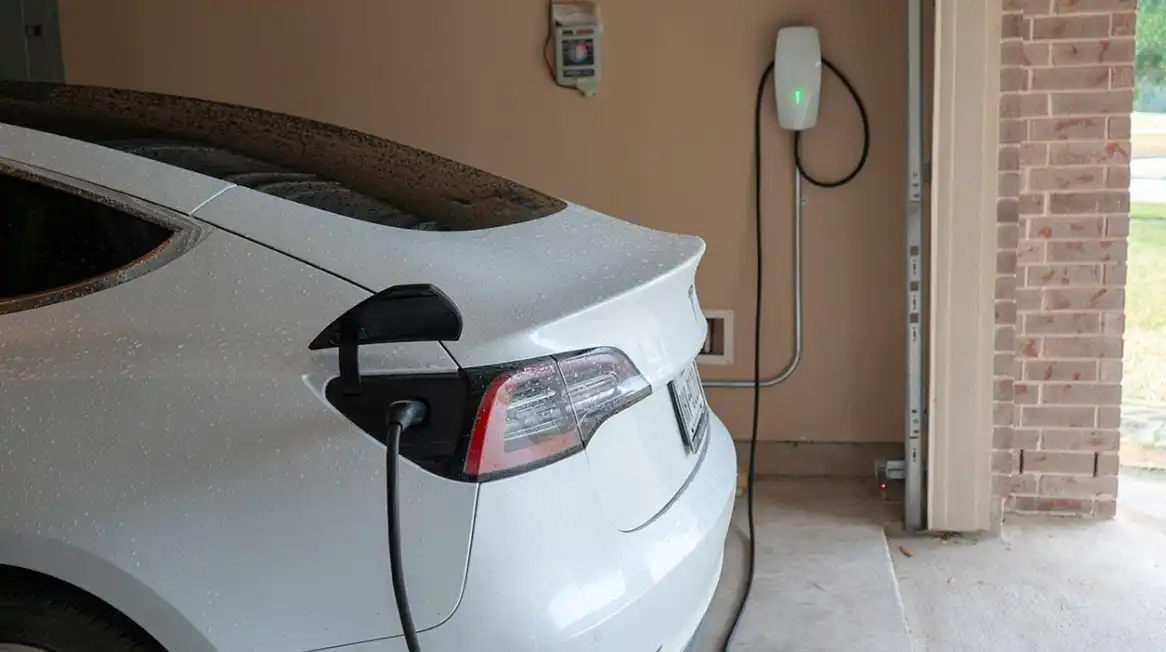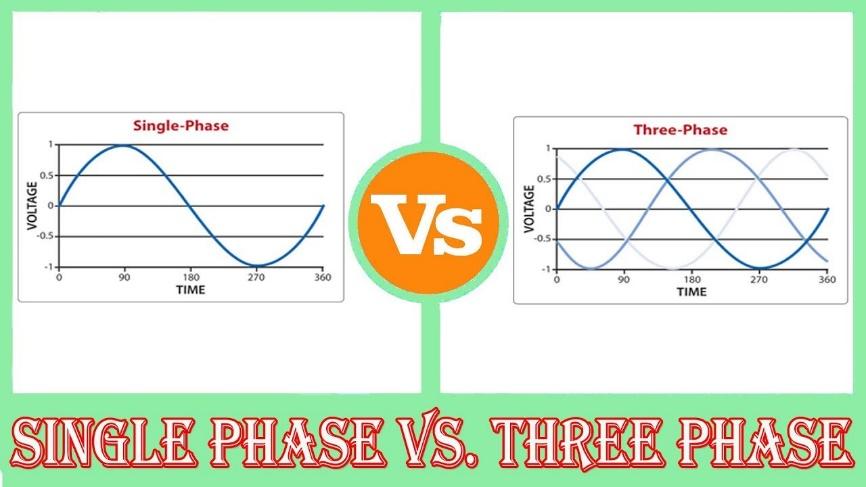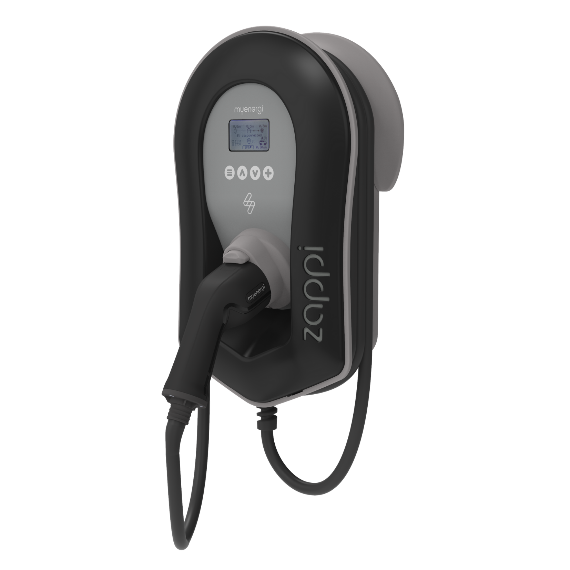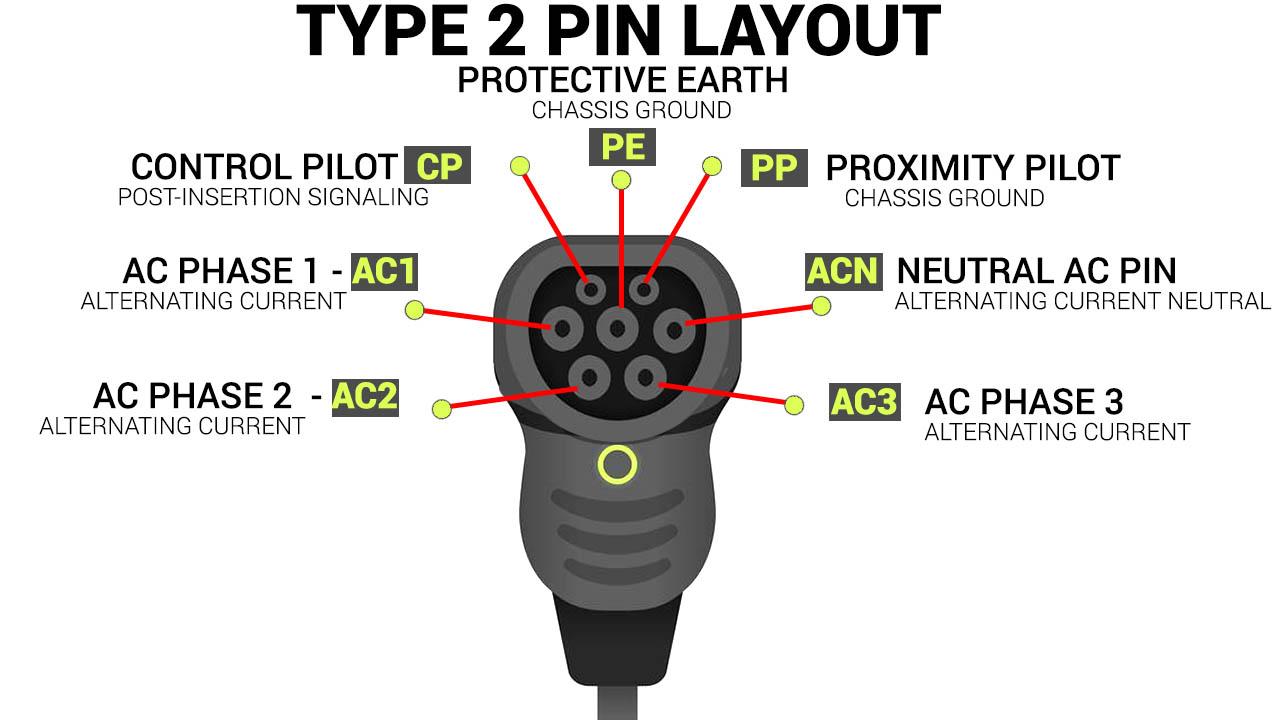Level 2 AC EV chargers can be operated with a single-phase or a three-phase power supply. Most Australian homes have a single-phase electrical connection, and so single-phase EV chargers are the preferred choice for residential applications. However, homes featuring a three-phase connection can have many benefits by installing a three-phase EV charging station.

If you are interested in learning more about single-phase and three-phase EV chargers, this is the right article for you. Here we will be explaining the basics of both types of power supplies, how to recognise each electrical connection in your home, the benefits of each charging type, and more.
Does Your Home Have a Single-Phase or Three-Phase Electrical Connection?

What Is a Single-Phase Connection?
Residential dwellings that do not have a considerable electrical demand will most likely feature a single-phase supply from the grid, this is most likely the case for your home.
The distinguishing feature of a single-phase electrical supply is that it operates on two wires. The first is the ‘active’ wire which supplies the electricity to your home, while the second is the neutral wire acting as a return pathway for the current. The voltage between the active and the neutral wire for a single-phase installation should read 230VAC.
There is an easy way to determine if your home is powered by a single-phase power supply. At your switchboard, there will be only a single ‘main switch’ inside.
What Is a Three-Phase Connection?
Industrial and commercial applications will almost always feature a three-phase electrical supply, but there are cases in which a residential installation may require a three-phase supply to power heavy loads.
Instead of a single active wire, a three-phase supply utilises (you guessed it) three active wires. The voltage between an active wire and neutral should read 230VAC. However the voltage between two active wires should read close to 400VAC.
A home with a three-phase connection can handle three-phase loads that are balanced across all phases. Single-phase loads can also be connected to the circuit, but an electrician should balance the load as much as possible to avoid putting a strain on a single phase.
At the switchboard of a home with a three phase supply there will be a triple.
Single-Phase vs. Three-Phase Charging: Differences, Benefits, and the Best Option for You

What Is the Difference Between Single-Phase and Three-Phase Charging?
Single-phase EV chargers only require one hot wire to operate the device and charge the vehicle. The power rate for a single-phase level 2 EV charger varies from 3.6kW up to 9.6kW; this would put a load of 15 amps up to 40 amps through a single-phase wire.
On the other hand, a three-phase EV charging station requires three hot wires to operate. This charger demands a balanced load from the power grid, dividing the electrical currents equally across all three phases. The power rate for three-phase EV chargers goes from 3.6kW up to 22kW, this represents a load of a three-phase current of 5.2 amps up to 31 amps.
Pros and Cons of Single-phase and Three-Phase Charging
Pros of single-phase EV charging:
- Single-phase EV chargers can be installed in most homes with any type of electrical connection.
- Chargers can deliver up to 9.6kW, more than enough to charge a single EV.
Cons of single-phase EV charging:
- Two EVs cannot be fully charged overnight.
- Charging a 60kWh battery can take between 6-8 hours.
Pros of three-phase EV charging:
- Cost of the charging unit is similar to a level 2 single-phase EV charger.
- The load is balanced, which is great for the electrical power grid and the quality of your home electrical service.
- Charge at a power rate of up to 22kW.
- Your home is future-proofed if you acquire a high-capacity EV charger. If your next EV charges at a faster rate than your current one, you will already have a suitable charger.
- Two EVs can charge at the same time at a maximum power rate of 11kW (22kW EV chargers).
- A 60kWh battery charges in nearly 3h.
Cons of three-phase EV charging:
- A three-phase electrical connection is required at the home.
- Most homes do not have three phase power, so an upgrade is likely.
- Installation may be a little more complex, and can be quite costly to upgrade your home
Should You Pick Single-Phase or Three-Phase Charging?
If your home has a single-phase electrical connection, which is most likely your case, then we’d usually recommend you keep a single phase charger installed. Upgrading the house electrical infrastructure from single-phase to three-phase is expensive, and sometimes not even possible (this will need to be verified by an electrician). In this case, a single-phase EV charger can do the work by easily charging your EV overnight at a power rate of up to 9.6kW.
Homeowners with a three-phase electrical connection do have a choice, but this one is simple to make.
Three-phase EV chargers demand a balanced three-phase load, which makes it perfect for a three-phase household connection. A level 2 single-phase EV charger connected to a three-phase installation, would put a strain on a single-phase of your home electrical system.
Several chargers sold in Australia have been designed for single-phase charging and a counterpart for three-phase charging. These are some of the best ones:
- Ocular LTE: This Australian company manufactures some of the best single-phase 7.2kW EV chargers and produces a high-quality 22kW three-phase EV charging station.
- Wallbox Pulsar Plus: This company produces many EV charging solutions. One of the best ones is the single-phase 7.2kW EV charger featuring Smart Solar charging and Power Sharing. There is a counterpart, which is the three-phase 22kW EV charger that also includes both features.
- Zappi: The Zappi EV charger is a Smart Charger that can integrate a solar array and a battery storage system to the charging platform. There is a 7.2kW single-phase EV charger option and a 22kW three-phase model with excellent specifications.
You can shop our chargers on our store page. You can also shop our charging cables on our store page,
Can All EVs Get Charged With Three-Phase Charging?

All AC electric vehicle plugs feature a three-phase capability. This means that technically all EVs can charge with a three-phase charger, but not all EVs can charge at the high power rate delivered by high-capacity three-phase EV chargers. There are several EVs that limit AC fast charging at 11kW or less.
For instance, the Tesla Model 3 can charge at a maximum power of 11kW, so you could charge two Tesla Model 3s at home with a 22kW charger. The Nissan Leaf and the Mazda MX-30 also limit the maximum AC charging speed, but at 6.6kW. One of the EVs available in Australia featuring a 22kW onboard charger is the Audi e-tron EV SUV.